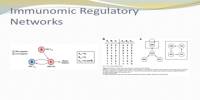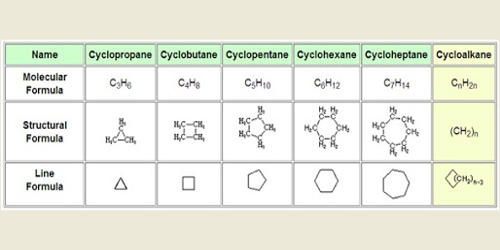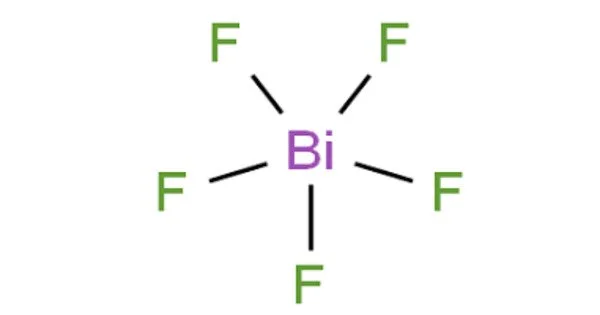Scientists have discovered more evidence to support the theory that the Archaea and Bacteria, the two basic domains of life, are separated by a lengthy evolutionary tree branch and thus distantly related. The findings were published in the journal eLife today (February 22, 2022).
The study adds to the ongoing debate about how much the archaeal domain differs from the bacterial domain and highlights the limitations of traditional methods for calculating ancient organisms’ evolutionary paths.
The Archaea are one of the three kingdoms of the tree of life, along with Bacteria and Eukarya. Originally, Archaea were assumed to be a form of Bacteria, characterized by their capacity to survive in harsh settings.
However, improvements in genetic sequencing and the utilization of molecular data to assemble phylogenetic trees have revolutionized our knowledge of the variety of these creatures and their relationship with Bacteria and Eukarya.
A long branch length between creatures in the tree of life refers to a higher degree of genetic change. Researchers examining the Archaea and Bacteria’s evolutionary history calculated branch length by comparing variations in a core set of key genes encoding cellular machinery involved in protein production and genetic information processing.
However, researchers recently employed a larger range of genetic markers from Bacteria and Archaea to determine the genetic distance between the two domains and advocated a considerably shorter branch length, implying that they were more closely related.
This recent work raised two important issues regarding estimates about the universal tree of life. First, that estimates of the genetic distance between Archaea and Bacteria from the classic ‘core genes’ may not be representative of ancient genomes as a whole and, second, that there may be many more suitable genes to investigate early evolutionary history than previously realized, which could improve the precision and accuracy of these estimates.
Edmund Moody
“This recent work raised two important issues regarding estimates about the universal tree of life,” explains first author Edmund Moody, a Ph.D. candidate at the School of Biological Sciences, University of Bristol, UK.
“First, that estimates of the genetic distance between Archaea and Bacteria from the classic ‘core genes’ may not be representative of ancient genomes as a whole and, second, that there may be many more suitable genes to investigate early evolutionary history than previously realized, which could improve the precision and accuracy of these estimates.”
Moody and colleagues looked into the evolutionary history of the extended 381 gene marker set and re-evaluated marker gene sets utilized in prior studies to address these difficulties. Inter-domain gene transfers and paralogous genes, which are genes that have developed by duplication and code for proteins with similar but not identical activities, were discovered among the extended marker set’s properties.
“Our data suggest that the inclusion of marker genes with such features could artificially shorten the branch that separates the archaeal and bacterial domains,” says co-author Tara Mahendrarajah, a Ph.D. candidate at NIOZ, Netherlands.
Genes for several proteins that make up the ribosome, the cell’s machinery for translating DNA, are included in traditional gene marker sets. It had been postulated that if ribosomal proteins went through an accelerated period of evolution at any moment, it may result in a phylogenetic tree branch that was artificially extended.
As a result, the researchers analyzed a set of ribosomal and non-ribosomal gene markers to construct a branch length estimate and discovered that they were identical.
Co-senior author Anja Spang, Senior Scientist at NIOZ, emphasizes: “These results did not support the hypothesis that ribosomal proteins evolved any faster than non-ribosomal genes, and affirm that ribosomal proteins are useful markers for phylogeny. However, the analyses suggested that both the true Archaea-Bacteria branch length and diversity of Archaea may be underestimated even by the best current models.”
“The debate around these issues really speaks to more general limitations of the current models: for example, it is clearly unsatisfactory to base our view of early evolution or genetic diversity on a small set of genes,” adds co-senior author Tom Williams, Associate Professor in Molecular Evolution at the School of Biological Sciences, University of Bristol.
“Exploring the evolutionary signal in more of the genome than we have been able to previously is an important goal that previous studies have approached in different ways. Our work suggests that new methods, including more realistic models of gene duplication, transfer, and loss, could help resolve some of the differing views by enabling genome-wide estimates of evolution while accounting for the varying evolutionary histories of individual gene families.”
















